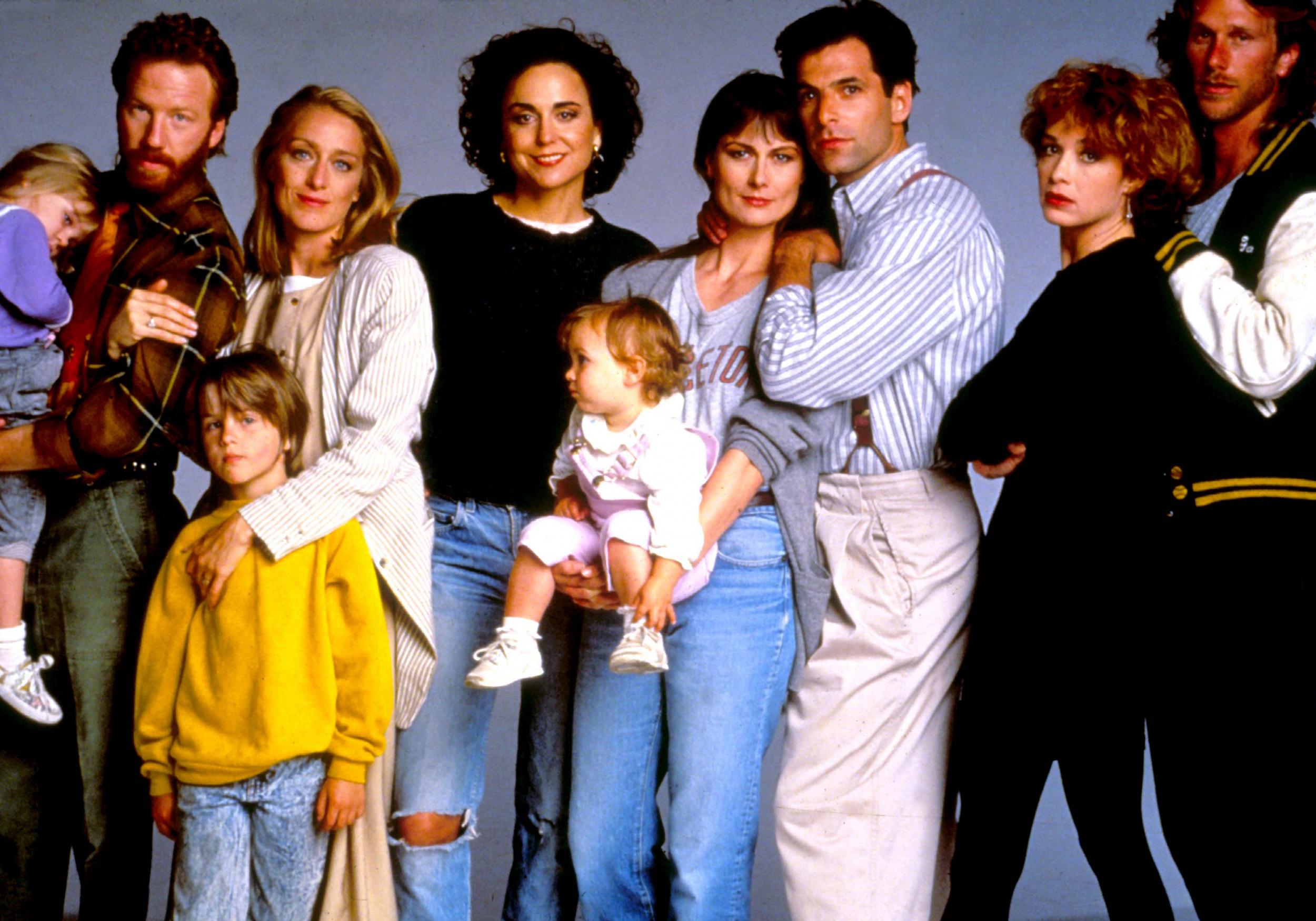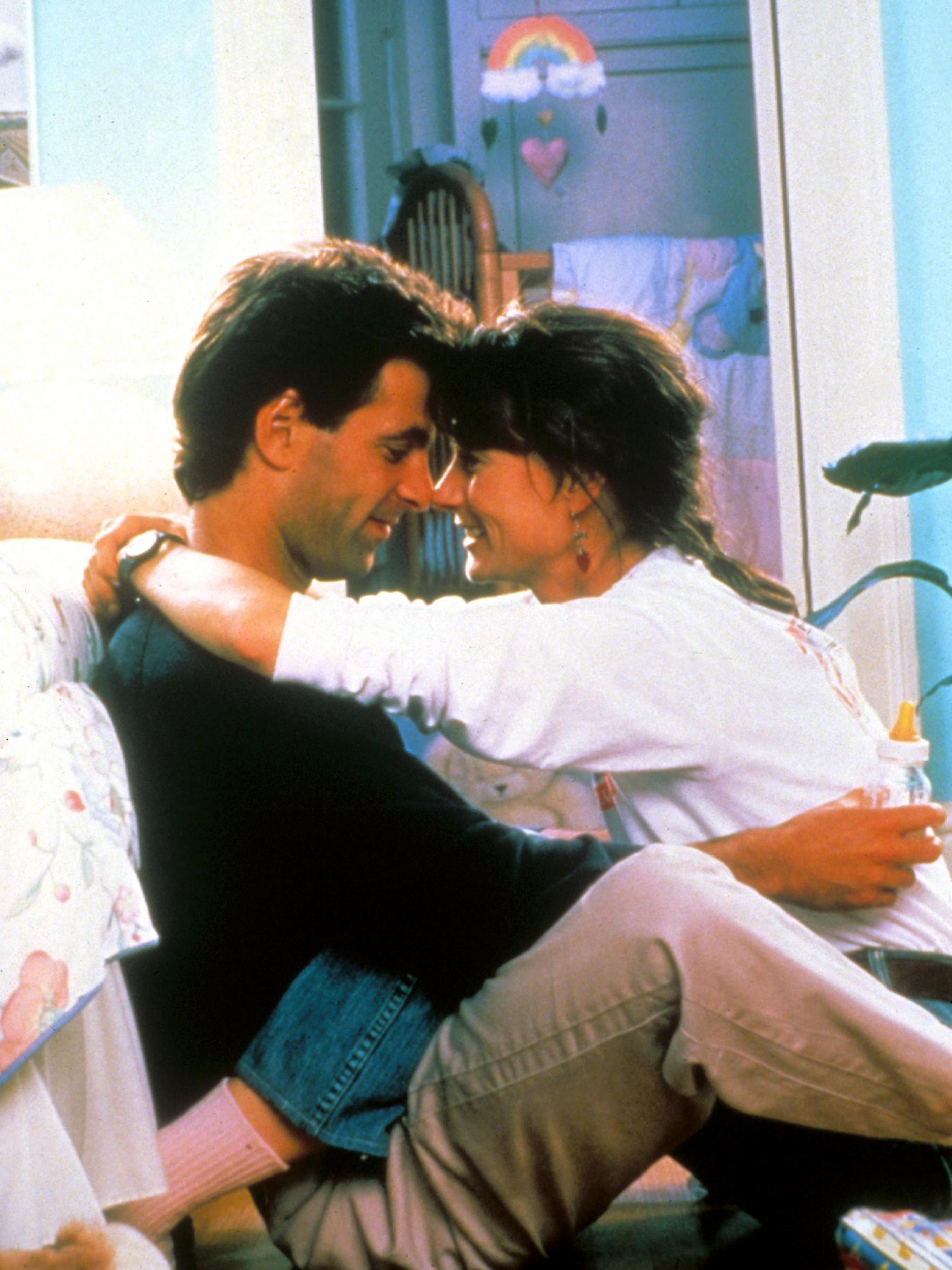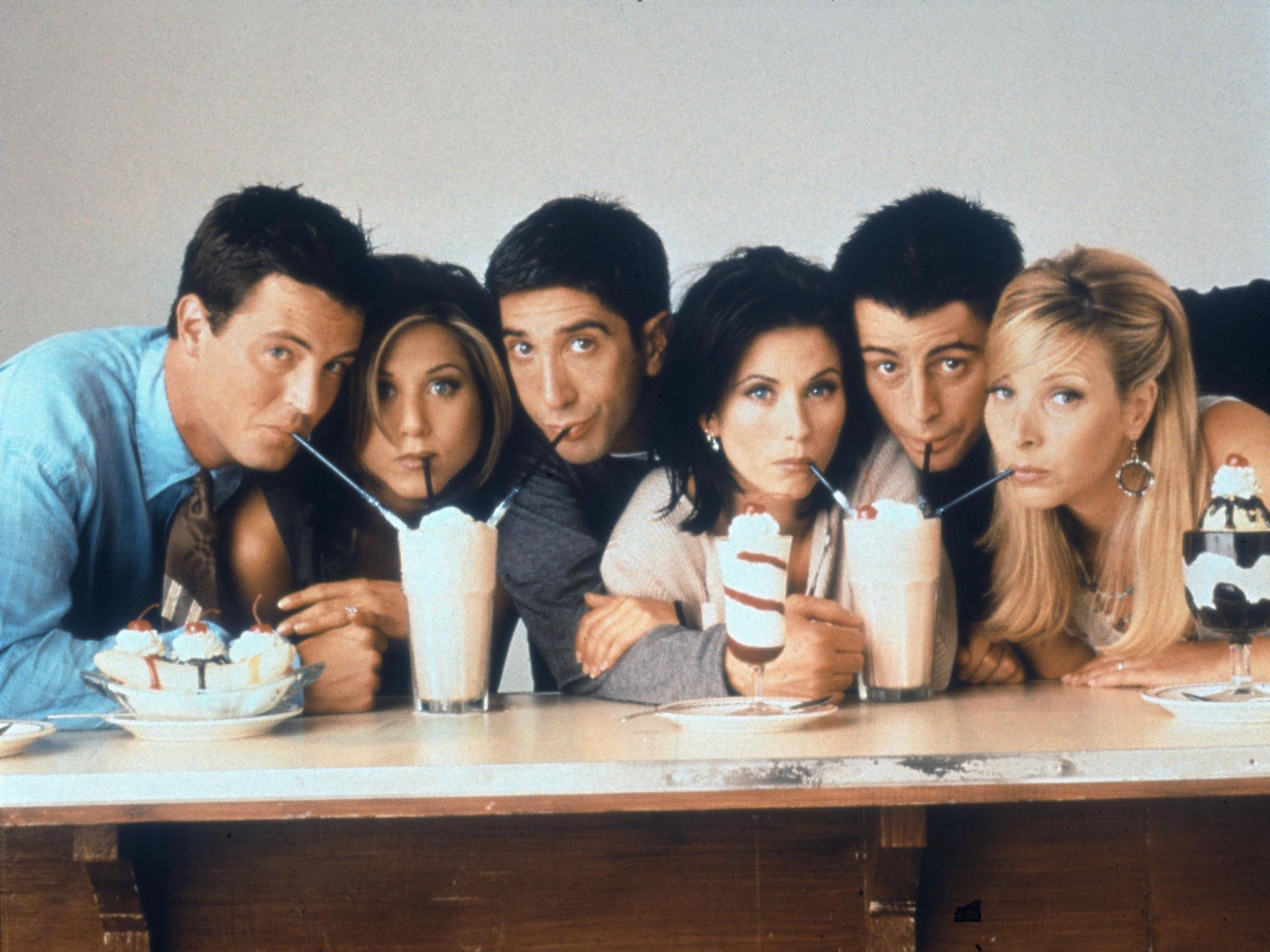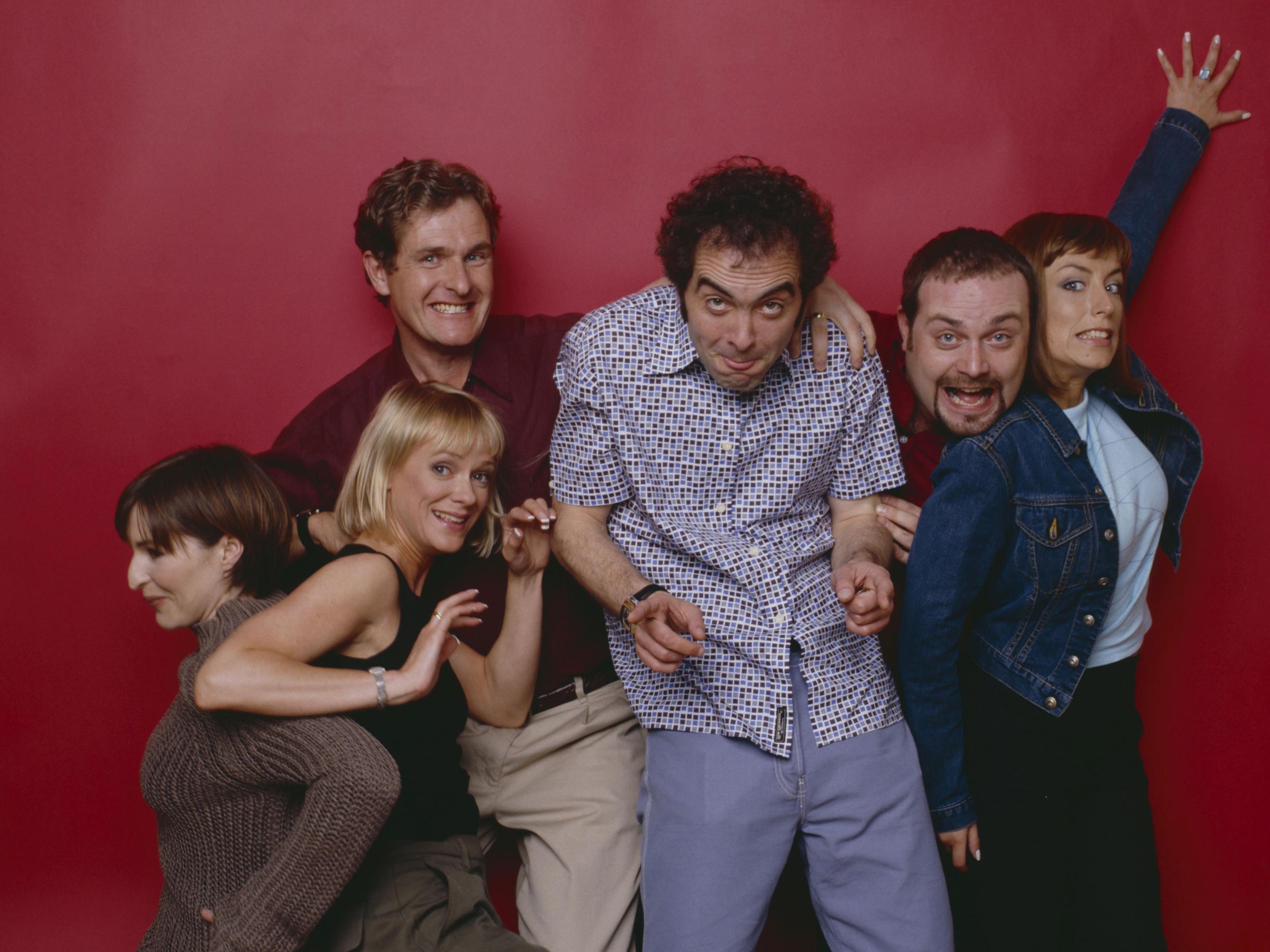Thirtysomething at 30: the US baby boomer drama that gave Generation X permission to grow up
It could easily have been the prequel to Friends. It certainly set the tone for Cold Feet. As it turns 30, David Barnett wonders how this aspirational US drama series united a housewife from Wigan and her 17-year-old son for an hour every week

Your support helps us to tell the story
From reproductive rights to climate change to Big Tech, The Independent is on the ground when the story is developing. Whether it's investigating the financials of Elon Musk's pro-Trump PAC or producing our latest documentary, 'The A Word', which shines a light on the American women fighting for reproductive rights, we know how important it is to parse out the facts from the messaging.
At such a critical moment in US history, we need reporters on the ground. Your donation allows us to keep sending journalists to speak to both sides of the story.
The Independent is trusted by Americans across the entire political spectrum. And unlike many other quality news outlets, we choose not to lock Americans out of our reporting and analysis with paywalls. We believe quality journalism should be available to everyone, paid for by those who can afford it.
Your support makes all the difference.Sometime in the late 1980s. I am a teenager. My mother is in her early forties. We perhaps don’t have as much common ground as we once did, as we will have again. But once a week, at the very least, we are brought together by a thing, united in appreciation, even if it is just for an hour.
I have no idea why that thing would be the American TV series thirtysomething. I don’t think we made any conscious decision to watch it together, no premeditated mother-and-son time to be slotted in among my busy schedule of newfound distractions like pubs and girls and music.
It was a curious thing to bond over. I was, what, 17? 18? Way too young to care about the lives and loves of a group of friends in Philadelphia who were almost twice my age. My mother was 41, 42 perhaps… how could the travails of a cohort of upwardly-mobile professionals half a world away concern a housewife in Wigan?
Yet, they did, and by some subtle osmosis, some unspoken arrangement, we would gather each week to watch, largely in silence, the latest episode of thirtysomething, then part. I can’t remember us discussing the instalments in depth, save for perhaps an appreciative nod and a, “Good, that.” But something in that show seemed to appeal to us both.
thirtysomething debuted in September 1987 on the US channel ABC, so is this month marking its own passage into thirtysomething-dom. I can’t be sure, TV scheduling being what it was back then, when simultaneous TV broadcasts between the US and the UK was some mad, foolish dream, just when it came over here and I watched it, but it feels like it mustn’t have been much later than that.

The show was essentially an ensemble piece, but at its core are Michael (Ken Olin) and Hope (Mel Harris), and their baby, Janie. Michael had dreams to be a writer, and now works for an advertising agency. Hope has been a consumer journalist, but is now a stay-at-home mum. In and around their lives move a constellation of friends and family including Michael’s cousin Melissa, played by Melanie Mayron, his college friend Gary (Peter Horton), Hope’s friend since childhood Ellyn, a politician played by Polly Draper, and Elliot and Nancy, played by Timothy Busfield and Patricia Wettig, who in real life was married to Ken Olin.
I certainly wasn’t the demographic for thirtysomething, but I had a fascination with it nonetheless. Everybody had marriage troubles, some of them had money troubles, they had affairs, they sat around a lot analysing their lives. There was a sense that they’d been idealistic and perhaps even counter-cultural in their youths, in the Seventies, but then had hung up their ideals in pursuit of domestic bliss and money.
Because, this of course was the Eighties. The age of the yuppie. thirtysomething was the ultimate yuppie show, not in the sense of, say, Bret Easton Ellis’s Patrick Bateman from American Psycho, sharp suits, cocaine, big proto-mobile phones and a dark undercurrent, but more that the characters were in a position where they were striving for money and material things, yet felt odd disquiet about just how it had all come to this.
Perhaps I thought this, in some distant, uncategorisable way, was going to be my future. I was embarking on a career training to be a journalist, I had ambitions to be a writer. I could sense that the characters were liberal, at the very least, radical in some cases, but had struggled to reconcile it all. I was sitting in working-class Wigan and looking at liberal, yuppie Philadelphia, and wondering to myself if this is where my life would lead, a vision of the future as equally fascinating and horrifying as, perhaps, that offered a few years earlier by the sci-fi movie Threads and its vision of the bleak, post-apocalyptic aftermath of a nuclear bomb falling on Sheffield.Thirtysomehting finished its run in 1991 but it opffered

A curious conjunction there, perhaps. But maybe not. Teenage me, given a choice between a future 15 years or so hence that was either ploughing the barren fields in the hope of growing a few potatoes to feed my radioactively deformed children, or sitting around wearing a waistcoat and a beard and working for an advertising agency while secretly yearning to finish my novel, would have plumped for the thirtysomething life, I think.
Because, for all the faults of the characters, and for all the often dull domesticity of the episodes, there was something perhaps hopeful about the show. Never trust anyone over 30 had been a mantra for two decades before that, but just maybe there was a chance that when I did get to that far-off, impossible to predict future, dreams could still be alive. Fun could still be had, in and among the angst and the fretting.
thirtysomething finished its run in 1991, and in a way it simultaneously beget and offered a kind of pre-packaged sequel to Friends. Ross, Monica, Joey, Chandler and Rachel were the fun-loving twentysomethings living in a whitewashed urban paradise in New York, the ultimate aspirational TV show of Gap-wearing Generation Xers. But really, by the end of Friends, when they were all heading off to living in the suburbs, weren’t they really just becoming the cast of thirtysomething?
A more closely aligned TV series, and British to boot, which followed the thirtysomething mould was Cold Feet, which debuted in 1997. Indeed, Cold Feet’s producer Mike Bullen has fully admitted that he wanted his own ensemble show featuring James Nesbitt, John Thompson, Fay Ripley, Robert Bathurst, Hermione Norris and Helen Baxendale to be more like American output such as Frasier, Hill Street Blues and, of course, thirtysomething, than a more traditional British series.

By the time thirtysomething came to an end in 1991, I’m sure I had lost interest in it. Reading a review of the final episode online, I’m struck that producers Edward Zwick and Marshall Herskovitz probably didn’t realise it was the end at all. The New York Times piece outlines the season finale (a character expected to die of cancer survives; a character expected to live on dies in a car crash) and talk of their plans for when the next season begins.
It never did. The Eighties were over, the yuppie was gone. There was something new in the Nineties, something perhaps a little more outward looking than the navel gazing of thirtysomething. Walls were coming down, borders were opening up, even actual thirtysomethings were more interested in raving all night than settling down in the suburbs.
It’s curious to think of the characters now in their sixties, and not only navigating Trump’s America but being part of a generation – the baby boomers – that has not only been supplanted, first by Generation X and then by the Millennials, but is also somewhat reviled by the younger custodians of today’s society.
I’m now older than my mum was when she sat down with me to watch thirtysomething every week, which is a sobering thought. My thirties are long behind me; were they anything like thirtysomething? In some ways, perhaps; in most, not at all. So, does thirtysomething have any value today, other than being a window on a period of time long gone? Perhaps it does. Maybe it shows us that we all begin with grand ideas, and very often they’re beaten out of us by life, circumstance, whatever. Perhaps it shows us that principles don’t have to be given up completely, that sometimes they can just lie submerged for a while. Possibly thirtysomething is an object lesson in how friends might be the new family, but they can be just as, if not more so, messy and unwieldy. And by showing us all these things, maybe thirtysomething still has value beyond a museum piece, and can allow us to navigate the choppy waters of life no matter what demographic cohort we fall into.
Join our commenting forum
Join thought-provoking conversations, follow other Independent readers and see their replies
Comments